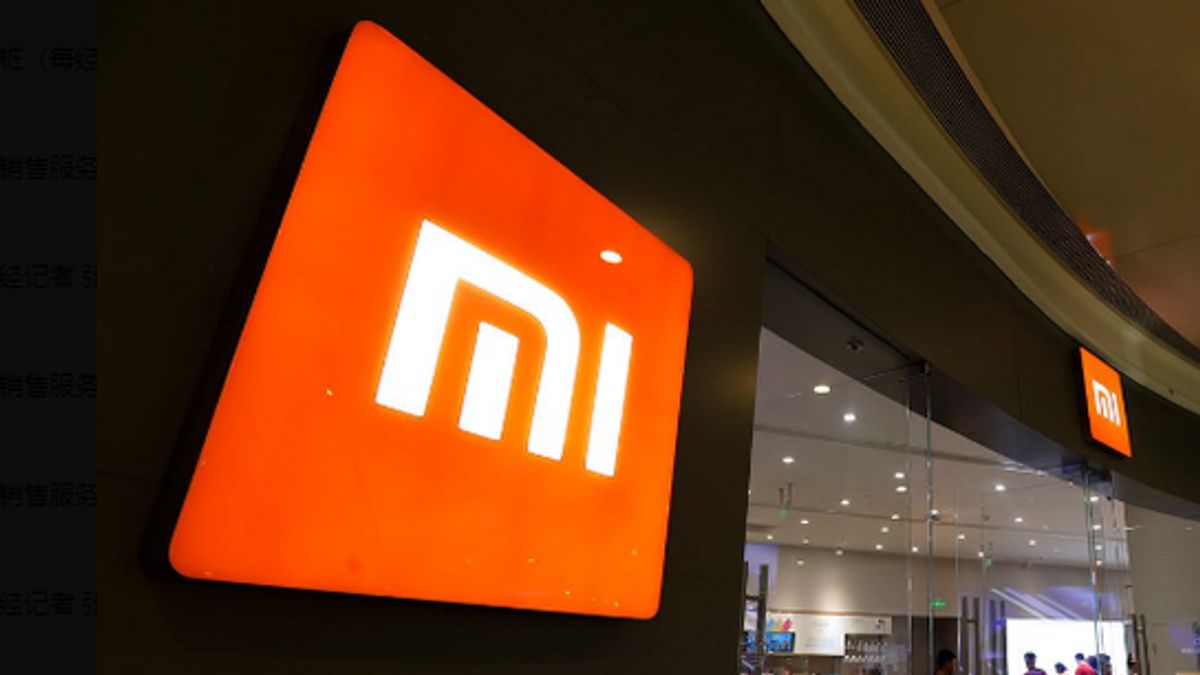JAKARTA Xiaomi has reached an important milestone in its efforts to develop its own smartphone chip. According to a report from Chinese media MyDrivers, Xiaomi has successfully completed the first 3nm system-out stage for smartphone 3nm System on Chip (SoC) in China, recently.
This announcement was made by the Head of Economists of the Beijing City Bureau of Economics and Information Technology during an event on BRTV, a Chinese state-owned television network. This "tape-out" process indicates that chip designs have reached the final stages and are ready to be sent to manufacturing factories for production.
Tape-out is a term in semiconductor design that marks the final stages in the chip development process. At this stage, chip designs have been completed and ready to be sent to factories to go into production. Specifically, "tape-out" refers to the creation of digital files representing the physical layout of the chips to be produced by semiconductor factories.
The following is a more detailed explanation of this process:
Chip Design Completed: Prior to tape-out, chip designers have completed all aspects of chip design, including architecture, logic, and physical layouts of various components in the chip.
Verification and Simulation: Before chips are delivered to factories for production, the design must go through various stages of verification and simulation to ensure that all functions and specifications work as desired.
Design File Delivery: After chip design passed the verification stage, this design file was sent to a semiconductor factory in digital format. The file will be used by the factory to produce physical chips using prescribed process technology, such as 3nm, 5nm, or 7nm, depending on the generation of manufacturing technology.
Prototype Production: After tape-out, the chip will be produced in small quantities for initial testing. This is referred to as a prototype, which is then tested in detail to ensure the chip works as expected. If a problem is found, the designer can re-adjust the design or fabrication process before proceeding to mass production.
In this context, "tape-out" does not mean the chip is ready to be used in consumer products. After the tape-out, there are still several stages, including testing, degging, and optimization of the fabrication process to ensure the chip can be mass produced with optimal results
While there is no information yet about the CPU or GPU of this chip, success in the tape-out stage shows that Xiaomi has completed the design phase. However, this does not mean the SoC is ready for mass production or use on smartphones.
SEE ALSO:
After this stage, chips need to go through a testing phase, especially if there are problems in the percentage of successfully produced chips (yield). Xiaomi may need to customize the design or manufacturing process to increase production results.
Previously, Xiaomi had released Mi 5C in 2017, their first smartphone to use its own-made SoC, Airline (or Pinecone) S1, which was built with 28nm technology and a big-little architecture with 8 cores and a maximum speed of 2.2 GHz.
Since then, Xiaomi has not launched a new SoC for smartphones, but they have developed chips for power management and image signal processing, such as in the Surge G, P, and C series.
The 3nm chip that Xiaomi is developing is expected to compete with chips from well-known manufacturers such as TSMC and Samsung in terms of performance, but success still has to wait for further testing and effective mass production.
The English, Chinese, Japanese, Arabic, and French versions are automatically generated by the AI. So there may still be inaccuracies in translating, please always see Indonesian as our main language. (system supported by DigitalSiber.id)


















